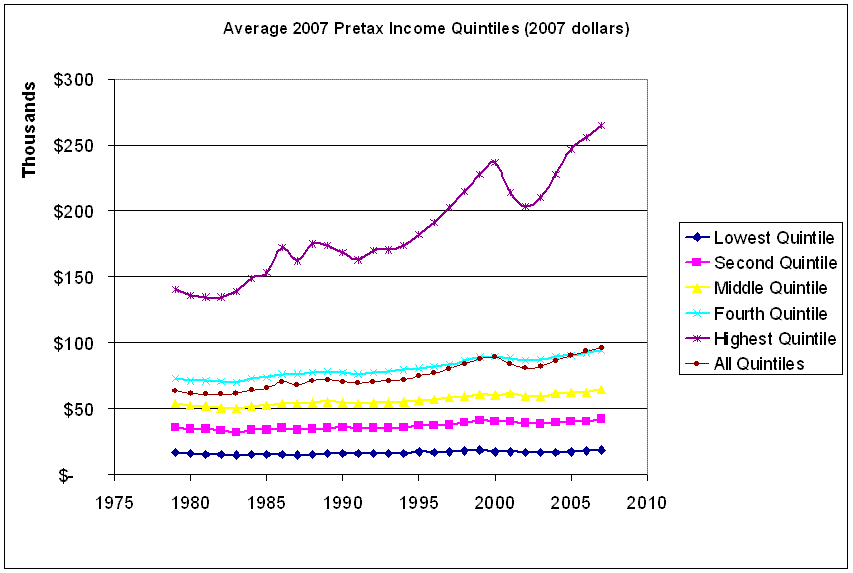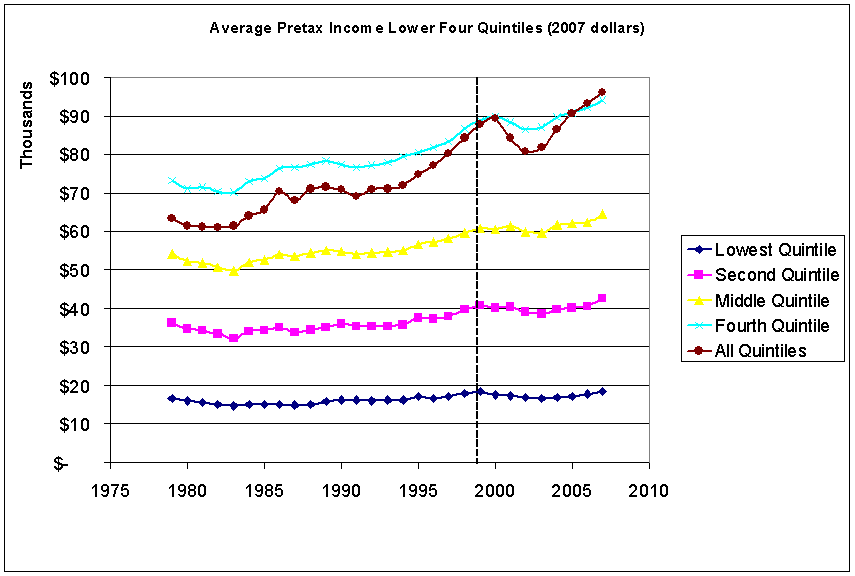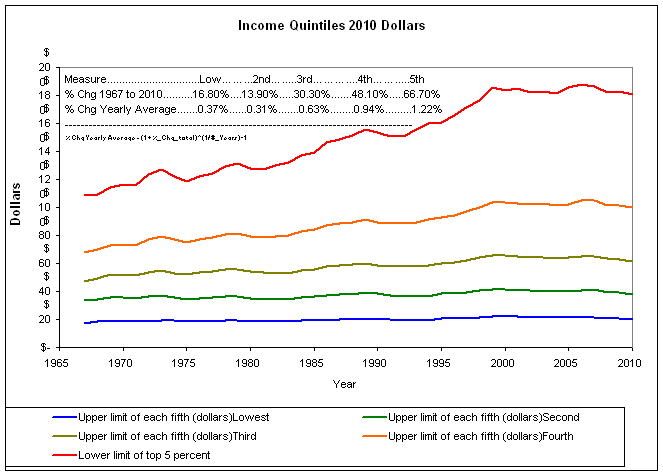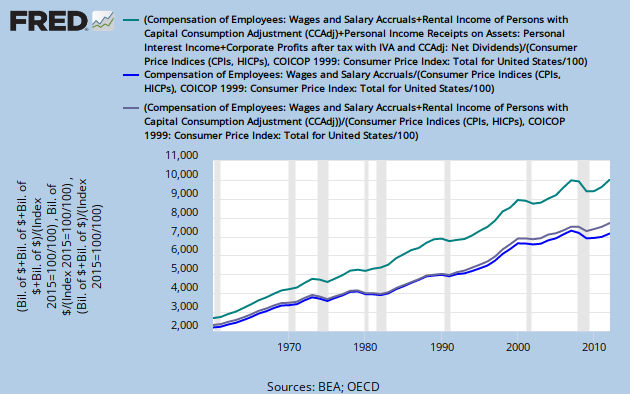Wiseacre
Retired USAF Chief
- Thread starter
- #81
When some of you realize that MONEY (hence accouting of debt) is largely artifical, and entirely subject to forces that really do NOT bear any relationship to REALITY, then you'll realize that your fears about the DEBT are rather silly.
You doubt me, of course, because the opposite is what you have been told, and because that is the way the SCAM is played, too.
But do this mind experiment for me....
In 2008, when the entire economy worldwide began collapsing, what prompted that collapse?
Did all the reources go away?
How about all the laborers?
Did the factories fall down?
None of those things happened, yet the economy collapsed.
Why?
You have not done a reasonable job if explaining your position vis-a-vis money and debt, I see no logic in it. Perhaps you would lay it out in more detail.
Have you read or heard of a book by Reinhart and Rogoff called "This Time Is Different"? It basically says that over the past 800 years, research shows that economies that go into debt above a certain point experience a reduction in economic growth and go into full or partial default. ALWAYS.
Last edited:









